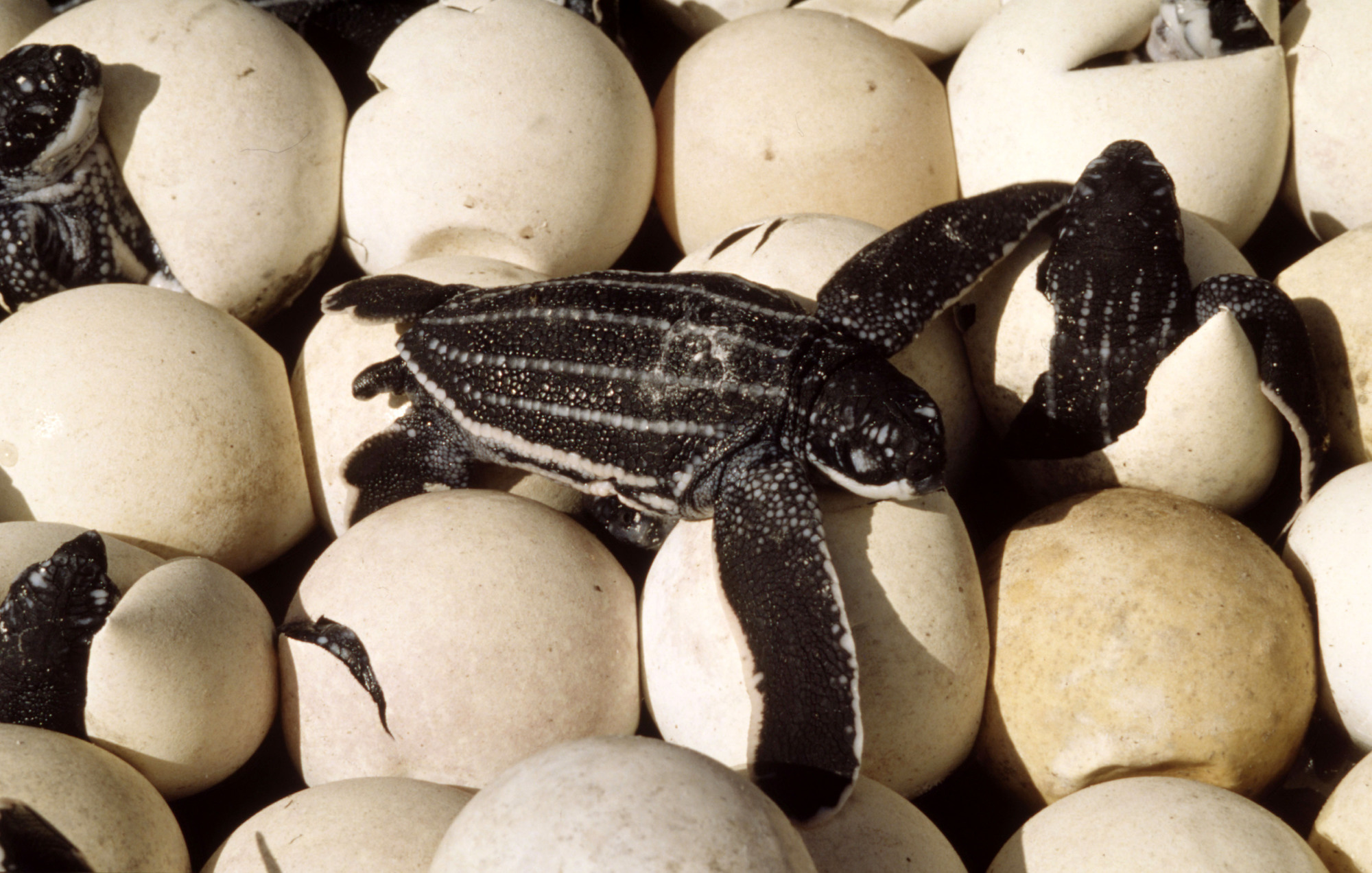Hawksbill Sea Turtle Eggs | The hawksbill turtle is one of the smallest species of turtle. The hawksbill is one of the smaller sea turtles. Hawksbills are omnivorous, consuming seagrasses, sea urchins, barnacles, small animals. Nests between 3 to 6 times per season. On average, we find 60 to 200 plus eggs in a nest.
Lays an average 160 eggs in each nest. Females lay eggs every 2 to 3 years. Hawksbill sea turtles live primarily in coral reefs. Click here for more detailed information. There used to be problems with the shells from these.

Approximately 15,000 females capable of laying eggs. A total of 375 hatchlings were analysed using five microsatellite markers. In many locations, their eggs are also taken and consumed. The average sea turtle may lay 110 eggs in a nest. Critically endangered hawksbill turtle lays 80 eggs on the beach. There used to be problems with the shells from these. Hawksbill sea turtles use different habitats at different stages of their life cycle. Results demonstrated that clutches from two out of ten females were sired by multiple males (maximum of two). They lay their eggs under the sand or in vegetation. The hawksbill often nests close to coral reefs, and can be encountered by. It is the only extant species in the genus eretmochelys. They dig a pit in the sand, fill it with 130 to 160 eggs, and. One of the risks for the hawksbill sea turtle is that they have been consumed for hundreds of years for the quality of their meat.
The hawksbill is one of the smaller sea turtles. Hawksbill sea turtles use different habitats at different stages of their life cycle. It is characterized by a narrow, pointed beak and a beautiful patterned shell, and it they will choose a spot, dig a hole, lay their eggs, cover them up and return to the sea leaving their eggs behind. Today's population of hawksbill turtles is less than 10 percent of what it was a century ago. A total of 375 hatchlings were analysed using five microsatellite markers.

Historic and ongoing direct harvest of juveniles and adults for their shells; One of the risks for the hawksbill sea turtle is that they have been consumed for hundreds of years for the quality of their meat. She lays a clutch of around 100 to 140 eggs into the pit, covers it with sand and crawls back to the sea. Hawksbill sea turtle conservation status and threats. But there are several species of turtle, withflatback turtles laying approximately 50 eggs, and hawksbills, which may lay over 200 eggs in a nest. It is characterized by a narrow, pointed beak and a beautiful patterned shell, and it they will choose a spot, dig a hole, lay their eggs, cover them up and return to the sea leaving their eggs behind. Females lay eggs every 2 to 3 years. Hawksbill sea turtles use different habitats at different stages of their life cycle. Considered by many to be the most beautiful of sea turtles for their colorful shells, the hawksbill is found in tropical waters around the world. A hawksbill sea turtle, which is now considered as a critically endangered species, laid a total of 165 eggs last night, june 3, at the shores of icydk, this is amazing news for us and for nature, since the population of hawksbill sea turtles has been dwindling over the years due to illegal human. Estimated numbers left in wild: Hawksbill turtle hooked on a longline. The hawksbill is one of the smaller sea turtles.
Hawksbill sea turtles live primarily in coral reefs. We examined paternity within 12 egg clutches from ten female hawksbill turtles from sabah turtle islands, malaysia. The main factor in the turtle's brush with extinction is human hunting and egg harvesting. One of the risks for the hawksbill sea turtle is that they have been consumed for hundreds of years for the quality of their meat. Hawksbills are particularly susceptible to entanglement in gillnets and accidental capture on fishing hooks.

For centuries, hawksbill sea turtles have returned to a shoreline in the eastern philippines to lay their eggs, even as the human community has expanded along the same stretch of beach. Head is narrow and has 2 pairs of prefrontal scales (scales in front of its eyes). Critically endangered turtle lays eggs on thai beach. Like other sea turtles, hawksbills make incredible migrations in order to move from feeding sites to nesting grounds, normally on tropical beaches. Today's population of hawksbill turtles is less than 10 percent of what it was a century ago. They are omnivorous, eating mollusks, fish there is also a large market for their meat and eggs, as well as stuffed young turtles as exotic gifts. • lack of education and awareness about the endangered status of hawksbill. In many locations, their eggs are also taken and consumed. Historic and ongoing direct harvest of eggs, juveniles. Hawksbill sea turtle (eretmochelys imbricata). She lays a clutch of around 100 to 140 eggs into the pit, covers it with sand and crawls back to the sea. Hawksbill sea turtles are agile marine reptiles that inhabit coral reefs. On average, we find 60 to 200 plus eggs in a nest.
She lays a clutch of around 100 to 140 eggs into the pit, covers it with sand and crawls back to the sea hawksbill sea turtle. Hawksbills are omnivorous, consuming seagrasses, sea urchins, barnacles, small animals.
Hawksbill Sea Turtle Eggs: Unsustainable harvest (poaching) of critically endangered hawksbill sea turtle eggs.
0 comments